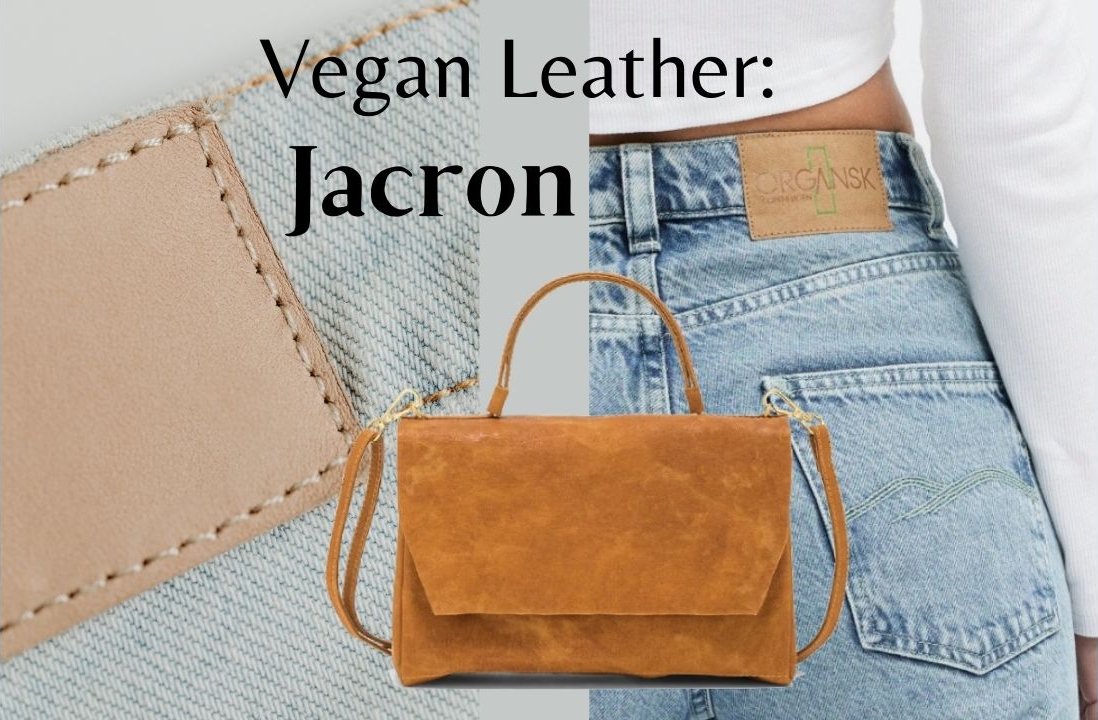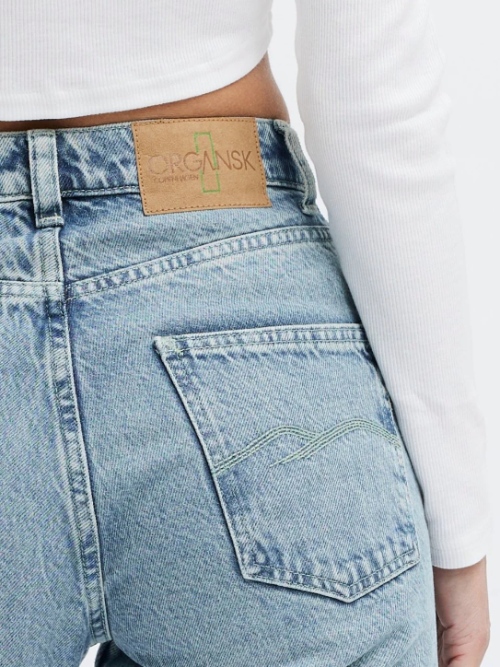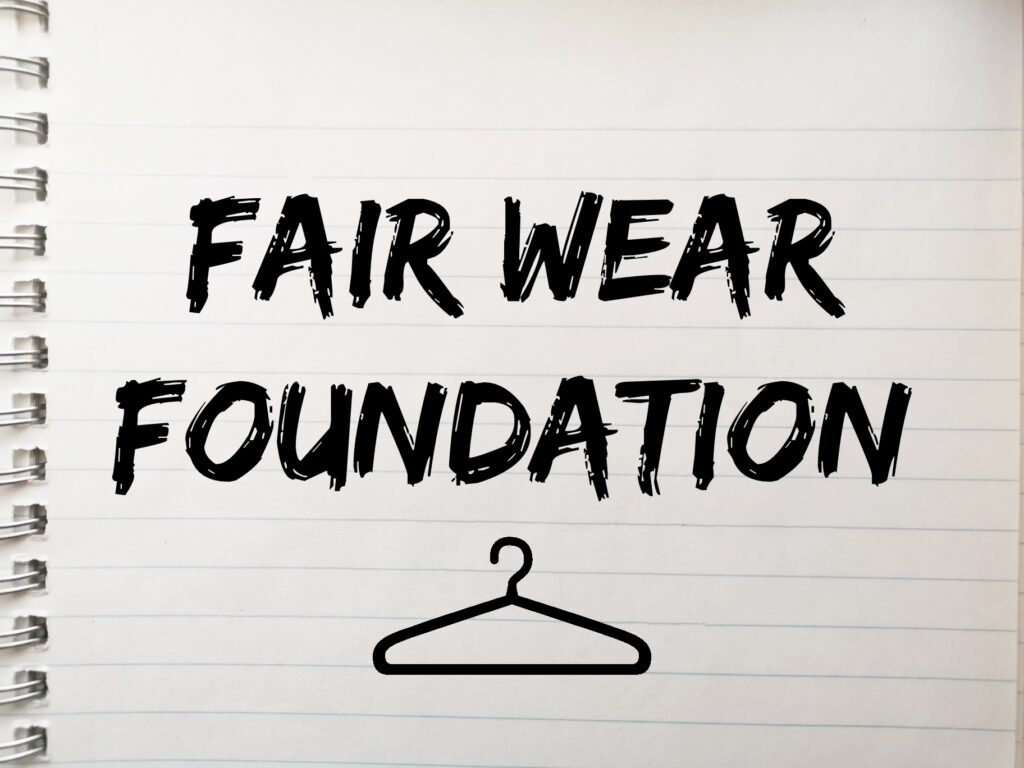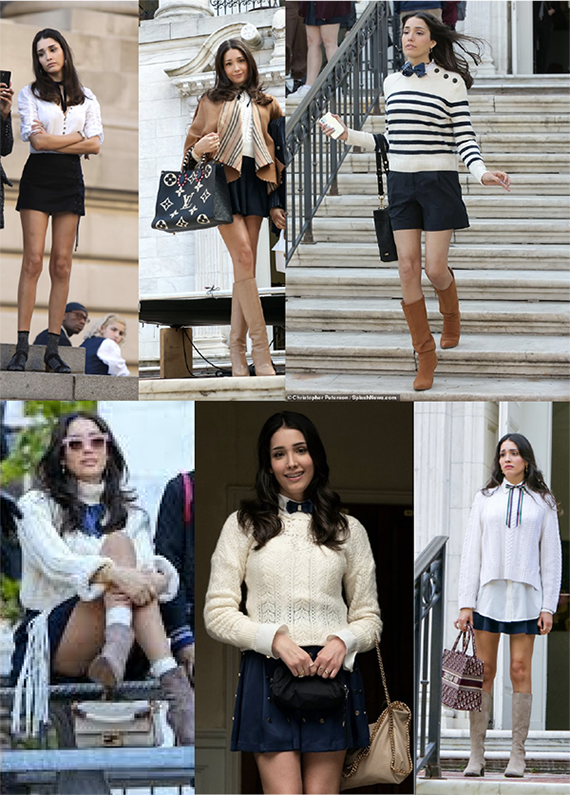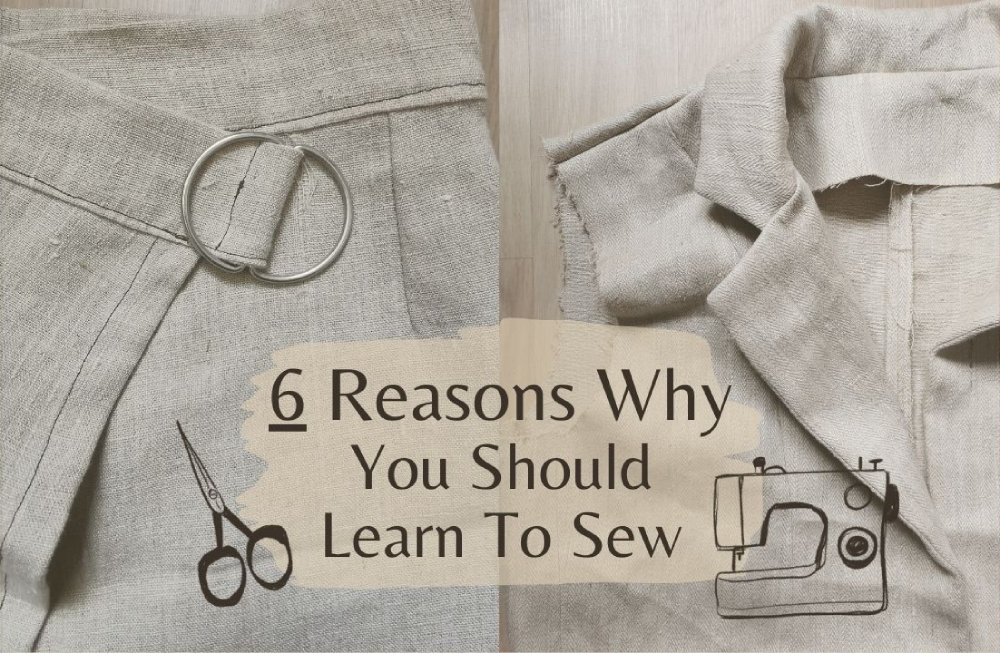Not sure if you have ever heard of ‘Jacron’, I hadn’t. But if you love wearing jeans, you might already know what material it is. In this article you will learn more about Jacron, how it is made, if it is a sustainable alternative for leather and you will see an overview of sustainable fashion brands who are using this material.
Ever noticed the leather patches that are often on the back of your jeans? Well, one of the vegan alternatives is Jacron. Jacron is a paper material, a wood pulp fiber that resembles leather. It is characterized with similar qualities to leather like high strength, durability, abrasion resistance and excellent dimensional durability. Jacron can be dyed or printed in different colours. This paper material can even be washed. It softens and slightly wrinkles after washing, giving the vintage leather look. Yet the fabric feels firm to the touch. The material is suitable as a jeans patch because it can withstand stone washing, enzyme washing, dry-cleaning and does not shrink or stretch.
Jacron is well-known in the denim industry, but not solely used in jeans. Its usage ranges from accessories like wallets and bags, to shoes and interior products. Hard to imagine all these products made with a paper-like material? We have found some examples for you. Zuperzozial is using washable paper for a zero-waste sandwich bag, and UASHMAMA for a fashionable leather-free hand bag.
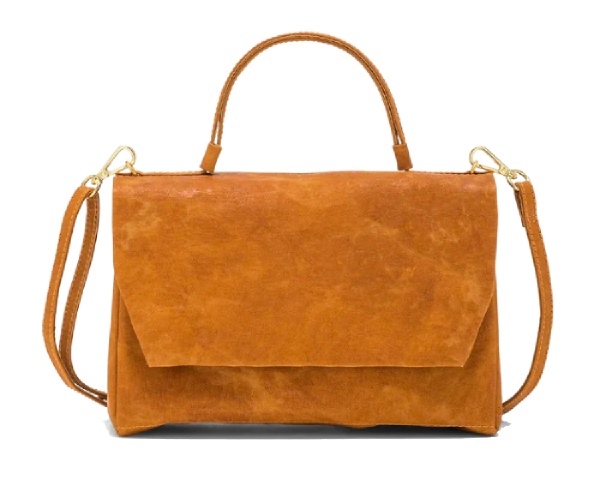
So washable paper? How is this made and what is it really?
Jacron is a semi-synthetic material based on cellulose extracted from wood pulp. It is a non-woven fabric, which means that it is created by a process of bonding fibres together, either by chemical adhesion, mechanical or heat treatment or a combination of these techniques. Jacron in this case is bonded with a synthetic binder. SY ETIKET, a producer of textile labels and accessories, states on their website that their Jacron labels are created using a low-impact manufacturing process that minimizes water usage and chemical waste, however we do not get insight in these data. Nudie Jeans writes on their website that their Jacron used is made of FSC-certified cellulosic fibres and acrylic polymers made in Germany. It was hard to find the exact production process of Jacron and what machines or auxiliaries are used.
Sustainability
Jacron is often referred to as a sustainable material since it is an alternative for leather. Leather is known for having a large impact on the environment already because of the amount of water and land needed to raise the animals. But also the processing of leather, like chemical tanning, is harmful to the environment, animals and workers. However, not all vegan alternatives are more environmentally friendly so you still have to be aware when you see a brand advertise their ‘vegan leather’. Check out this article to read why ‘vegan leather’ is often greenwashing. At Ethically Dressed we are curious to really understand the sustainability of the Jacron products.
To understand this, we do however need more details on the production process. What I found so far is that there are apparently different ways of producing Jacron, since we are reading at Nudie that their Jacron is made with an acrylic polymer (AP), so is not fully synthetic free. According to the brand, the acrylic polymer used for their Jacron labels is also the least sustainable element, but necessary to give it strength. In the Made-By Benchmark, acrylic is classified in class D, which is almost the lowest class. Recycling is the best fate of an acrylic polymer after its lifecycle, but only few AP’s can be recycled and mostly end up in landfill. Acrylic polymers are a diverse and widely used group of compounds and the ability to biodegrade is still being researched. However, some brands claim the biodegradability of their Jacron product, so these might be produced using a different method. For example, Seventy + Mochi claims the biodegradability of their Jacron label, but shows no further proof for this. Also Panama Trimmings and SY ETIKET, both companies that sell trimmings, claim that their Jacron is biodegradable and will break down over time, but also show no proof of this. Whether they mean 100% or partly biodegradable is also unclear.
It is also possible to use no new resources when creating Jacron, by using recycled paper as an input material, which makes it a more sustainable option.
Dutch brand Kuyichi switched to Jacron labels in 2016, but decided in 2020 to use a patch from Panama Trimmings called Viridis. These patches are also a vegan substitute for leather patches made of 48% corn polyols, 26% cotton and 26% normal PU.
Regardless of its sustainability, Jacron does offer a cruelty free vegan alternative for those of you looking for products that are 100% animal-free.
Some of the following certifications regarding sustainability are found in relation to Jacron:
Jacron can be OEKO-TEX® certified according to standard 100. If an item carries the OEKO-TEX® certification, there is a code to the specific procedure and outcome. You can enter this code on the OEKO-TEX® website to confirm the certification is real. Texon Vogue, a producer of the so-called washable paper, offers high transparency and named their certification code on their website. After checking this, it is shown that their product is certified standard 100, product class I, according to annex 6, which takes it even a step further and is an expanded criteria catalogue focussed on the Detox Campaign.
For the FSC® certification, details can also be found by the certification number in their FSC® search machine. For the transparent Texon Vogue, we can see that both FSC-STD-40-007 V2-0 and FSC-STD-40-004 V3-1 have been assessed for the categories ‘uncoated paperboard’ and ‘other pulp and paper products’.
Regarding the cruelty free practices of Jacron, there are two labels certifying the material officially vegan: The Vegan Trademark and PETA. The Texon Vogue material carries The Vegan Trademark and Armedangels jeans are all PETA-approved using a Jacron label instead of a leather label.
Jack & Jones obtained the gold Cradle to Cradle (C2C) certification for their jeans line which was using Jacron as back patches. It is true that the material ‘Texon Vogue Sahara’ got rewarded with the C2C gold certification. In an article by Fibre2Fashion, we can read that Texon made one change to its manufacturing process of the washable paper. The company switched to a chlorine-free bleaching solution to meet the Gold level material health criteria, telling us at the same time a bit more about the ‘normal’ way of creating the washable paper.
Conclusion
After my research I can conclude that Jacron can be a sustainable alternative to leather patches carrying many of the well-known certifications regarding sustainability. If we can believe the producers, it is possible to produce in an ecofriendly way and also use recycled paper as an input material taking no new resources from our precious earth. Some of the biggest fashion companies fighting for a more sustainable fashion industry use a Jacron label for their jeans and many other applications have been found for the material, making it a diverse and innovative fabric. However, it is always good to check the Jacron used for the certifications they have to check how sustainable the patch really is. Also be aware that a brand is not only using Jacron as a vegan alternative for only one of their jeans. This happens. For jeans it is also possible to have no patch at all. This would make recycling even easier.
Sustainable brands That use Jacron
Below are some sustainable fashion brands that are using Jacron labels on their jeans:

Nudie Jeans
These are their high-waist regular fit jeans with a Jacron patch
Check out the jeans here
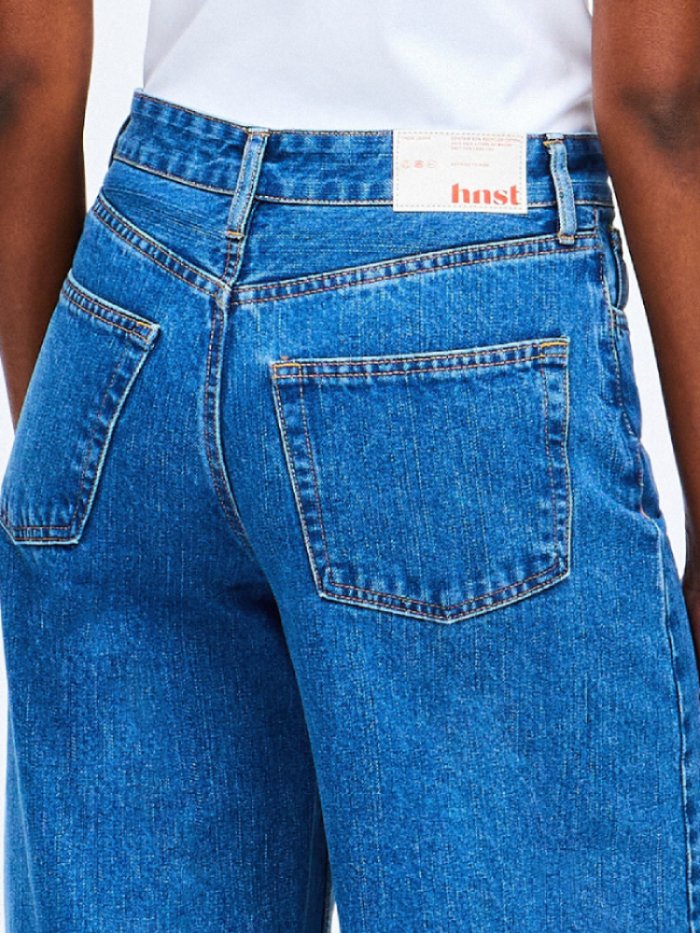
HNST
This Belgian brand uses Jacron back patches, like on these mid waist, wide leg jeans
Check out the jeans here
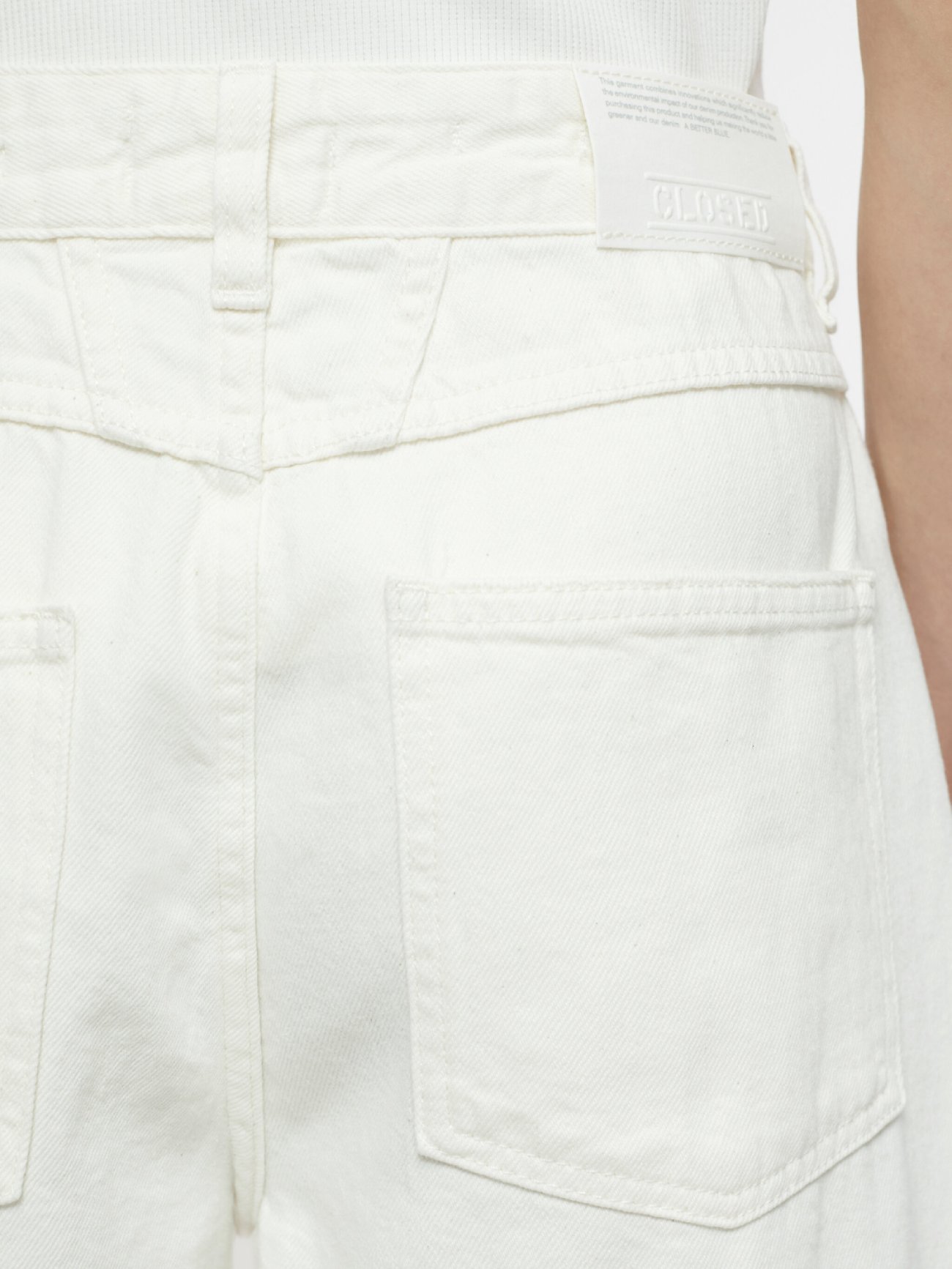
Closed
It’s a bit harder to see here but these white long denim shorts have a Jacron patch on the back
Check out the shorts here
Do you want to learn more about vegan leather and why that term is often misleading? Check out this article -> Why “Vegan Leather” Is Often Greenwashing
Sources
UNFOLD. (2021, July 21). Everything You Need To Know About Jacron Paper! Retrieved from www.unfold.love: https://www.unfold.love/unfoldblog/2021/7/jacron
paperinfo#:~:text=Jacron%20is%20a%20type%20of,
durability%2C%20and%20resistance%20to%20abrasion
Texon. (2023). Vogue The Heart Of Nature. Retrieved from www.texon.com: https://www.texon.com/vogue/
Fibre2Fashion. (2020, September 21). Texon’s material gets Cradle to Cradle Certified. Retrieved from www.fibre2fashion.com: https://www.fibre2fashion.com/news/textile-news/texon-s-material-gets-cradle-to-cradle-certified-269987-newsdetails.htm
Gaytán, I., Burelo, M., & Loza-Tavera, H. (2021). Current status on the biodegradability of acrylic polymers: microorganisms, enzymes and metabolic pathways involved. Applied microbiology and biotechnology, 105(3), 991–1006. https://doi.org/10.1007/s00253-020-11073-1
Luo, Y. (2018). A Study on Sustainable Material of Washed Kraft Paper of Compression Hat Design. Milan: Politecnico Milano.
